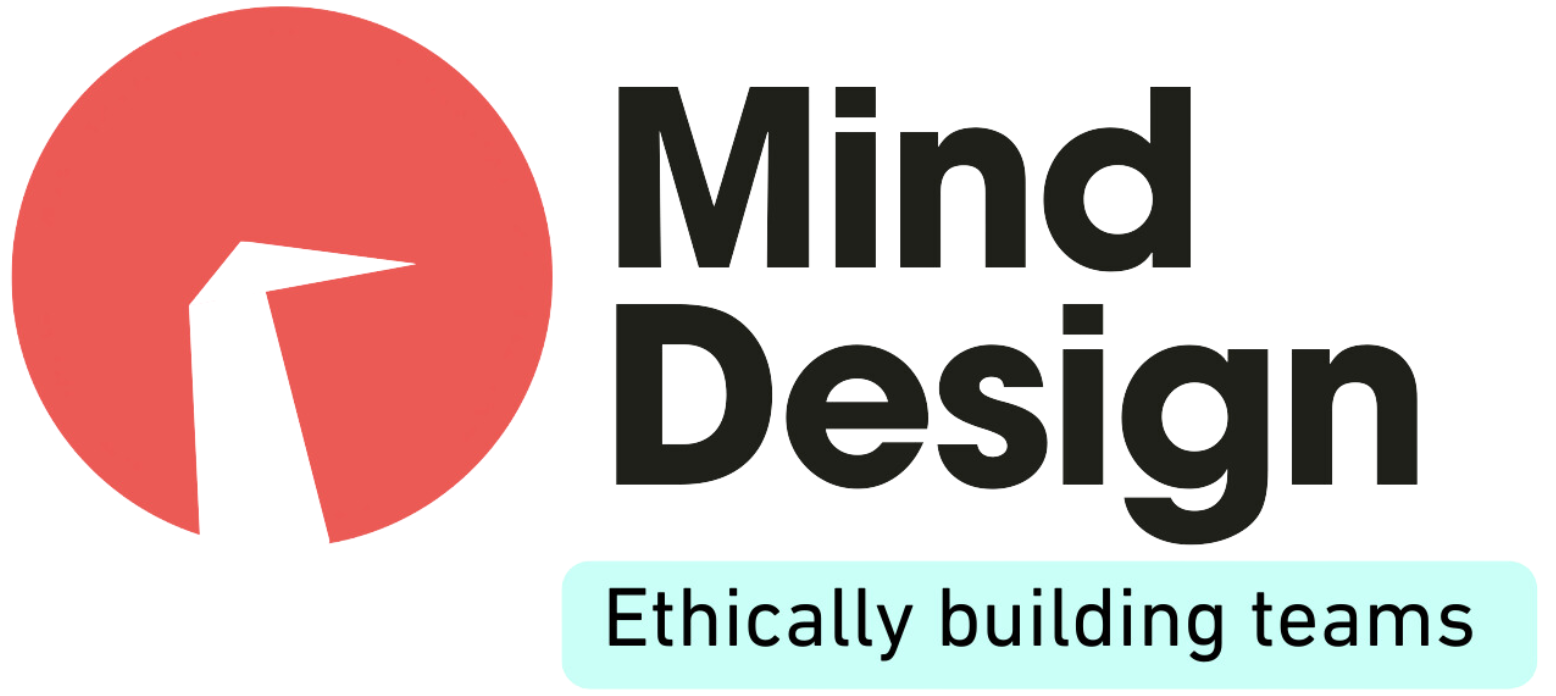Many companies are adopting pay-for-performance systems to boost productivity. However, this approach often falls short, especially for creative tasks where internal motivation is key.
Understanding Creative Work
Creative tasks thrive in environments that offer freedom, autonomy, and passion. Pay-for-performance systems can stifle this freedom and add unnecessary pressure. Such tasks need deep focus, and performance-based incentives can disrupt the natural creative process.
Research shows that internal motivation is crucial for creativity. Amabile et al. (1996) found that external rewards can hinder creativity.
Additionally, a University of California study revealed that employees driven by internal factors are three times more likely to be engaged and productive.
Research shows that internal motivation is crucial for creativity. Amabile et al. (1996) found that external rewards can hinder creativity.
Additionally, a University of California study revealed that employees driven by internal factors are three times more likely to be engaged and productive.
Effects of External Rewards
External rewards like money can diminish internal motivation. People perform better when driven by passion rather than by external rewards. If someone works only for a reward, their natural drive can weaken.
A meta-analysis by Deci, Koestner, and Ryan (1999) found that tangible rewards significantly reduce internal motivation, especially for creative tasks.
The London School of Economics reviewed 51 studies on pay-for-performance schemes and found that financial incentives often harm overall performance.
A meta-analysis by Deci, Koestner, and Ryan (1999) found that tangible rewards significantly reduce internal motivation, especially for creative tasks.
The London School of Economics reviewed 51 studies on pay-for-performance schemes and found that financial incentives often harm overall performance.
Effective Hiring and Compensation
Hiring and compensation strategies are vital for getting the best from creative employees. Companies should offer sufficient pay to attract talent and then focus on creating an environment that nurtures internal motivation.
More money doesn't always mean better work. Balancing fair pay with a motivating environment is crucial.
The U.S. Bureau of Labor Statistics reports that companies giving employees more autonomy see a 33% increase in retention. This highlights the importance of fair pay and a supportive work environment.
More money doesn't always mean better work. Balancing fair pay with a motivating environment is crucial.
The U.S. Bureau of Labor Statistics reports that companies giving employees more autonomy see a 33% increase in retention. This highlights the importance of fair pay and a supportive work environment.
Collaboration and Teamwork
Money can disrupt teamwork and collaboration. Creative work often depends on team effort, and the quality of work relies on good collaboration. Introducing money as a reward can lead to unhealthy competition among team members.
Studies show that financial incentives can create unhealthy competition, turning teammates into rivals (Kohn, 1993). Ferris et al. (2009) found that pay-for-performance systems can reduce trust and cooperation.
Research by the National Bureau of Economic Research found that teams rewarded based on collective performance improved collaboration and overall output by 48% compared to those rewarded individually.
Studies show that financial incentives can create unhealthy competition, turning teammates into rivals (Kohn, 1993). Ferris et al. (2009) found that pay-for-performance systems can reduce trust and cooperation.
Research by the National Bureau of Economic Research found that teams rewarded based on collective performance improved collaboration and overall output by 48% compared to those rewarded individually.
Fair Reward Systems
Rewards should focus on team or organizational contributions. Any sense of unfairness can kill motivation and productivity, harming team cohesion and individual performance.
Adams' Equity Theory (1963) suggests that people seek fairness at work, and perceived unfairness can lead to dissatisfaction and reduced motivation.
A Gallup survey found that employees who see their workplace as fair are 27% more likely to stay with their current employer and 41% more likely to be engaged in their work.
Adams' Equity Theory (1963) suggests that people seek fairness at work, and perceived unfairness can lead to dissatisfaction and reduced motivation.
A Gallup survey found that employees who see their workplace as fair are 27% more likely to stay with their current employer and 41% more likely to be engaged in their work.
Creative tasks require internal motivation, not pay-for-performance systems. Effective hiring, a supportive environment, and fair rewards are essential to fostering creativity and producing superior work. Companies must balance compensation with intrinsic motivation to drive exceptional performance.
References:
1. Amabile, T. M., Goldfarb, P., & Brackfield, S. C. (1996). Social influences on creativity: The effects of contracted-for reward. *Journal of Applied Psychology*, 81(2), 105-114.
2. Deci, E. L., Koestner, R., & Ryan, R. M. (1999). A meta-analytic review of experiments examining the effects of extrinsic rewards on intrinsic motivation. *Psychological Bulletin*, 125(6), 627-668.
3. London School of Economics. (n.d.). Review of pay-for-performance schemes. Retrieved from [LSE Research Online](http://www.lse.ac.uk/)
4. U.S. Bureau of Labor Statistics. (n.d.). Job retention and autonomy. Retrieved from [www.bls.gov](https://www.bls.gov/)
5. Kohn, A. (1993). Why incentive plans cannot work. *Harvard Business Review*, 71(5), 54-63.
6. Ferris, D. L., Brown, D. J., Lian, H., & Keeping, L. M. (2009). When does pay for performance relate to creativity? The moderating role of contingent reward leadership. *Journal of Organizational Behavior*, 30(8), 1053-1071.
7. National Bureau of Economic Research. (n.d.). The effects of team-based rewards on performance. Retrieved from [www.nber.org](https://www.nber.org/)
8. Adams, J. S. (1963). Towards an understanding of inequity. *Journal of Abnormal and Social Psychology*, 67(5), 422-436.
9. Gallup. (n.d.). The relationship between workplace fairness and employee engagement. Retrieved from [www.gallup.com](https://www.gallup.com/)

